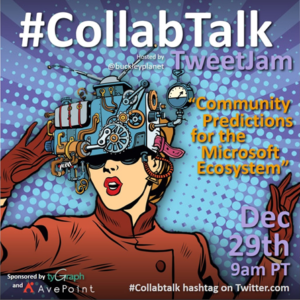In 2011 I, along with Booz Allen Hamilton colleague Daniel Williams, were heavily engaged in conversations at multiple agencies in the Federal government on the early stages of their transformation. We posited, and not alone, any future “Digital Transformation” (maybe not the word we used them) would be fed by a combination of changes in the people that made up an organization, the processes those people used, and the technology that supported those. Only in this triangle would change be possible.
While not unique, what we were trying to say to our United States government customers was that a technological change, in and of itself, would not transform their workforce; they MUST (and even still must) look at their people and processes as part of this change.
An example of where I still see this today is in the massive digital transformation that many US government customers took when COVID hit. In a matter of weeks, many agencies that had shunned the cloud found themselves rapidly adopting Microsoft 365, specifically Teams, SharePoint, and OneDrive, in order to enable a work-from-home workforce.
Now, two years later, those solutions have truly changed our approach to work, but, have we improved how we work? Today we are seeing many of the same technical challenges we saw before: sprawl, broken inheritance, inconsistent adoption, and shadow-IT.
I came across a copy of this aged white paper and thought, while the colors are a bit off, and my writing has matured quite a bit, in celebration of its ten-year-anniversary I would share it back out again.
I conclude with this statement: if you are running a large technological transformation, as just about every US Federal agency is today, and you are not considering the people themselves (WHO) and the processes that guide how they use them (HOW), then you will not be successful.




Pingback: September 2021 Roll Call – Jay Leask